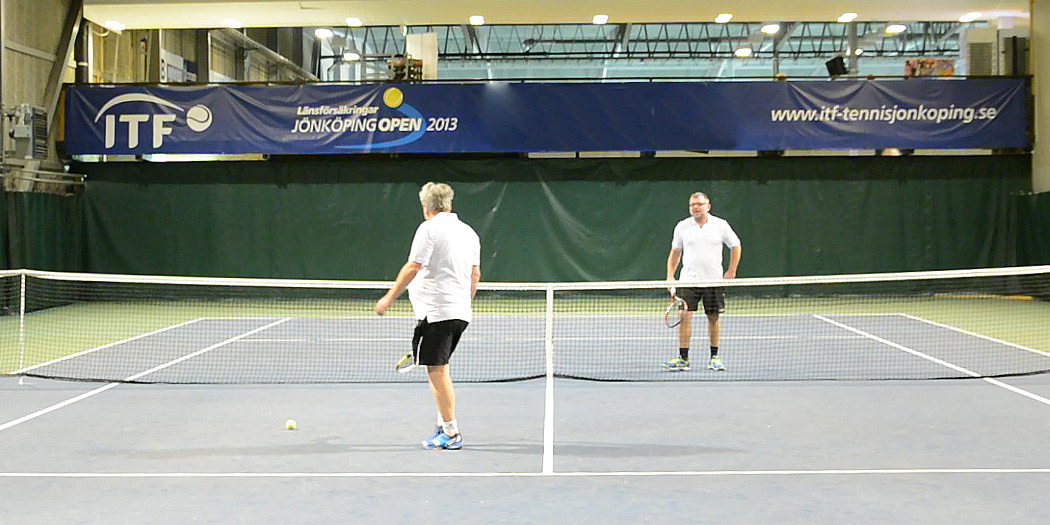
Lighting control and energy saving in sports halls
In sports halls including lighting controls at the planning stage is the best possible way of ensuring the installed solution provides the flexibility to adapt to the evolving needs of the space. Using a DALI system it is easy to define individual settings for standard applications or something less frequent, such as an end-of term nativity play.
Different light scenes
A system in a modern sports hall should be able to offer complete lighting scenes with different lighting levels for different activities such as school sports, training, matches and other activities outside of sports, all of which require different amounts of light.
In halls with up to 60 luminaires, a simple router with 64 outputs can be chosen. With this approach you can control timing so that school sports during the day gets lower light levels while training in the evenings gets more light.
Simplicity is key; scene selection and programming should be done in consultation with the end user to ensure the usability of the final system.
Presence detection for turning on or off
Switching on and off is normally done with a push button at the exit from the changing room but, from an energy saving perspective, the switching off should take place automatically.
A number of presence detectors cover the required area and the switching off function can be delayed by up to one hour. In some premises it is also necessary to block the use of facilities by preventing the lighting from being switched on. A time channel can be used to block switching on with occupancy detection, but also for automatic down-regulation to indicate imminent switching off.
Folding partition wall/sliding wall
In halls that are also used for school sports it is common that folding partition walls divide up the hall. A folding partition wall requires a router with two DALI outputs. When the partition wall is in place, the lighting should automatically divide the room’s functions for control, scenes and detection, ensuring you will not accidentally turn off the lights on the other side of the wall. Some halls are also able to divide the surface into smaller sections and this should obviously be included in the planning phase. Division with partition walls should also divide occupancy detection in the premises.
Grouping the folding partition walls
Regarding the placement and installation of luminaires they usually follow the length of the premises. The natural way to divide the lighting into groups for control and light regulation follows a transverse arrangement where the lighting is suitably divided transversely across the premises.
Recommended solution: e-Sense Customised.